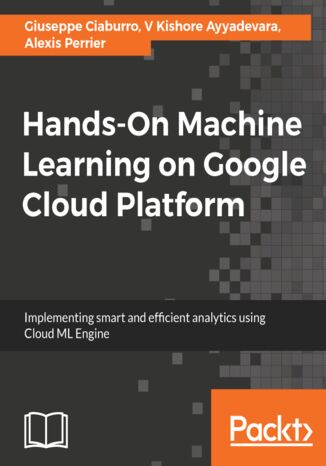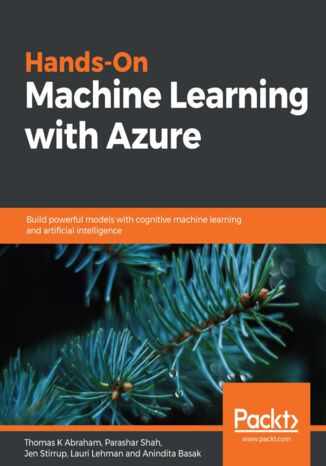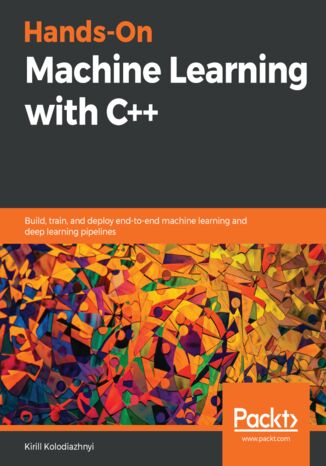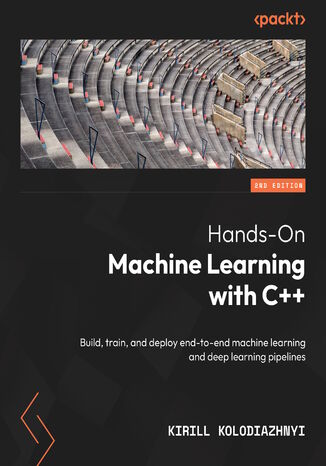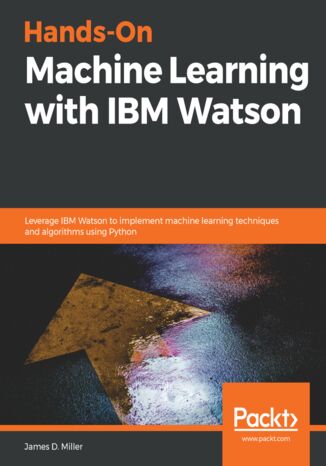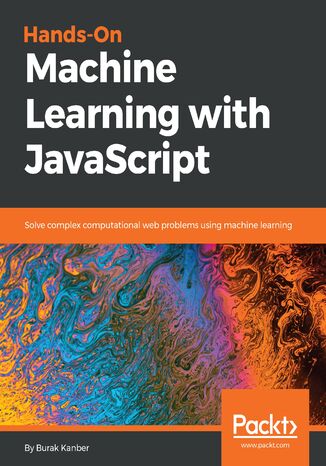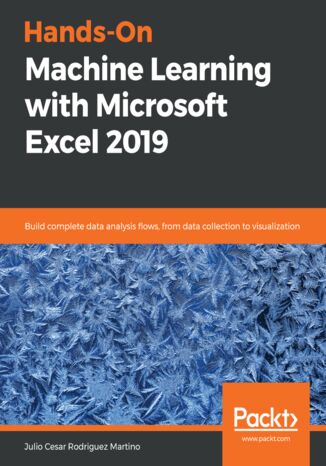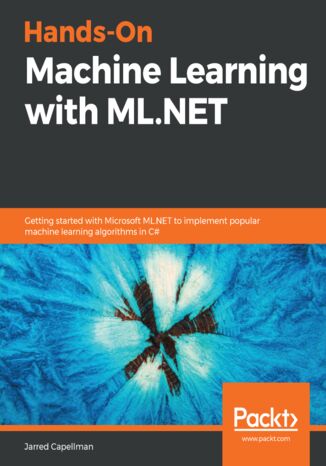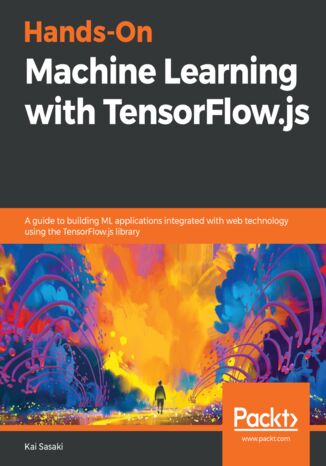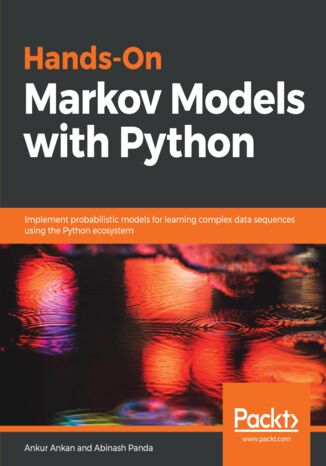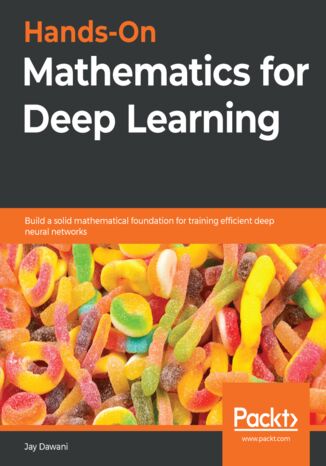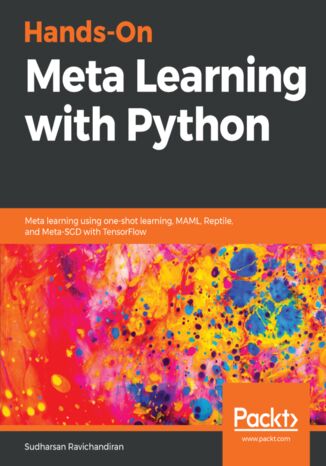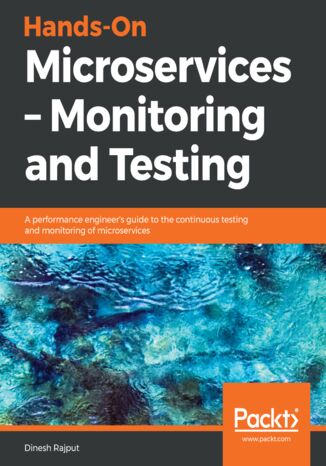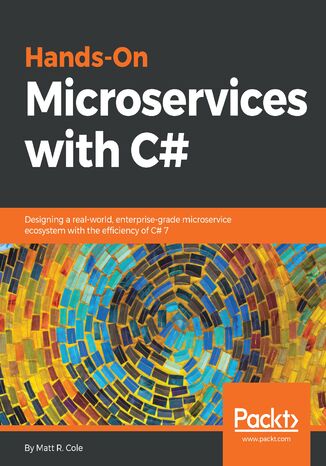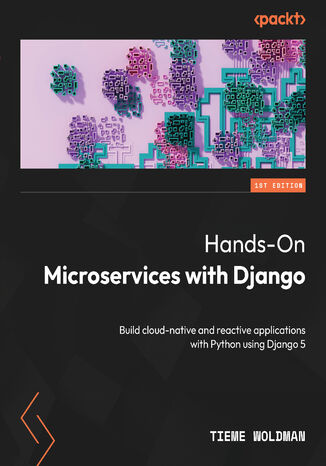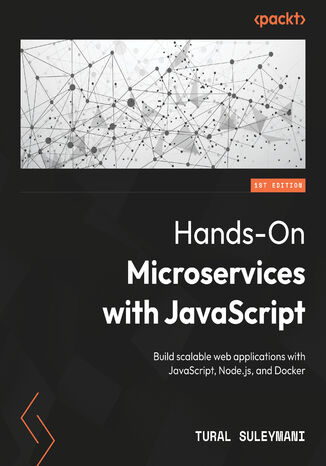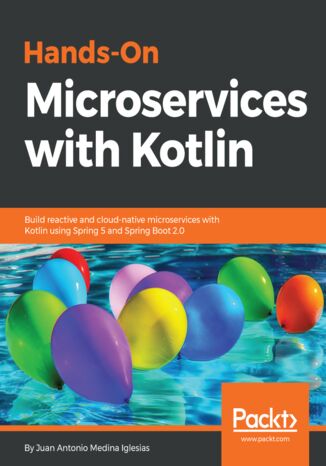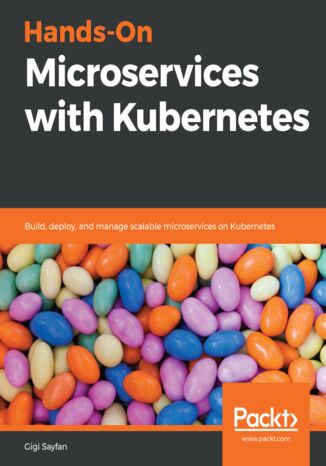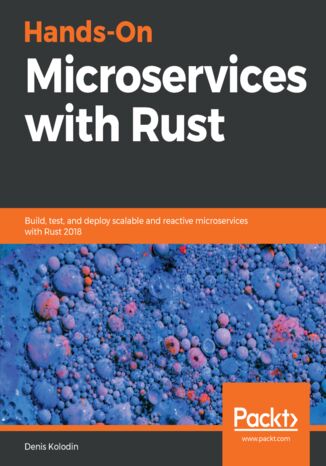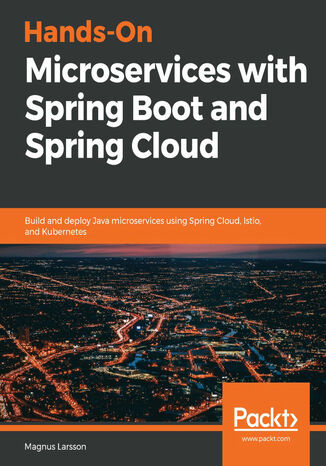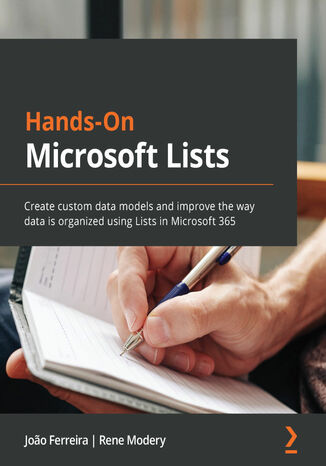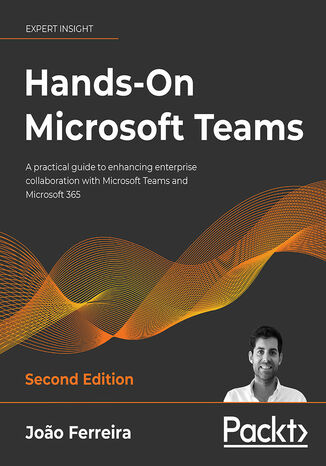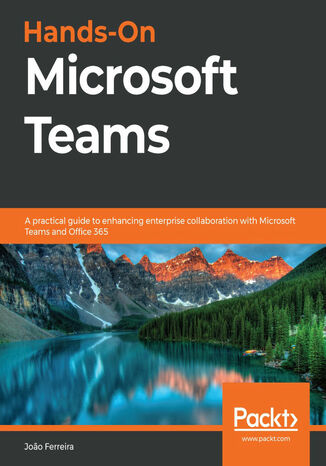Categories
-
- Bitcoin
- Businesswoman
- Coaching
- Controlling
- E-business
- Economy
- Finances
- Stocks and investments
- Personal competence
- Computer in the office
- Communication and negotiation
- Small company
- Marketing
- Motivation
- Multimedia trainings
- Real estate
- Persuasion and NLP
- Taxes
- Social policy
- Guides
- Presentations
- Leadership
- Public Relation
- Reports, analyses
- Secret
- Social Media
- Sales
- Start-up
- Your career
- Management
- Project management
- Human Resources
-
- Architektura i wnętrza
- Health and Safety
- Biznes i Ekonomia
- Home and garden
- E-business
- Ekonomia i finanse
- Esoterecism
- Finances
- Personal finance
- Business
- Photography
- Computer science
- HR & Payroll
- For women
- Computers, Excel
- Accounts
- Culture and literature
- Scientific and academic
- Environmental protection
- Opinion-forming
- Education
- Taxes
- Travelling
- Psychology
- Religion
- Agriculture
- Book and press market
- Transport and Spedition
- Healthand beauty
-
- Office applications
- Data bases
- Bioinformatics
- IT business
- CAD/CAM
- Digital Lifestyle
- DTP
- Electronics
- Digital photography
- Computer graphics
- Games
- Hacking
- Hardware
- IT w ekonomii
- Scientific software package
- School textbooks
- Computer basics
- Programming
- Mobile programming
- Internet servers
- Computer networks
- Start-up
- Operational systems
- Artificial intelligence
- Technology for children
- Webmastering
-
- Antology
- Ballade
- Biographies and autobiographies
- For adults
- Dramas
- Diaries, memoirs, letters
- Epic, epopee
- Essay
- Fantasy and science fiction
- Feuilletons
- Work of fiction
- Humour and satire
- Other
- Classical
- Crime fiction
- Non-fiction
- Fiction
- Mity i legendy
- Nobelists
- Novellas
- Moral
- Okultyzm i magia
- Short stories
- Memoirs
- Travelling
- Narrative poetry
- Poetry
- Politics
- Popular science
- Novel
- Historical novel
- Prose
- Adventure
- Journalism, publicism
- Reportage novels
- Romans i literatura obyczajowa
- Sensational
- Thriller, Horror
- Interviews and memoirs
-
- Archeology
- Bibliotekoznawstwo
- Cinema studies
- Philology
- Polish philology
- Philosophy
- Finanse i bankowość
- Geography
- Economy
- Trade. World economy
- History and archeology
- History of art and architecture
- Cultural studies
- Linguistics
- Literary studies
- Logistics
- Maths
- Medicine
- Humanities
- Pedagogy
- Educational aids
- Popular science
- Other
- Psychology
- Sociology
- Theatre studies
- Theology
- Economic theories and teachings
- Transport i spedycja
- Physical education
- Zarządzanie i marketing
-
- Health and Safety
- History
- Road Code. Driving license
- Law studies
- Healthcare
- General. Compendium of knowledge
- Academic textbooks
- Other
- Construction and local law
- Civil law
- Financial law
- Economic law
- Economic and trade law
- Criminal law
- Criminal law. Criminal offenses. Criminology
- International law
- International law
- Health care law
- Educational law
- Tax law
- Labor and social security law
- Public, constitutional and administrative law
- Family and Guardianship Code
- agricultural law
- Social law, labour law
- European Union law
- Industry
- Agricultural and environmental
- Dictionaries and encyclopedia
- Public procurement
- Management
-
- Africa
- Albums
- Southern America
- North and Central America
- Australia, New Zealand, Oceania
- Austria
- Asia
- Balkans
- Middle East
- Bulgary
- China
- Croatia
- The Czech Republic
- Denmark
- Egipt
- Estonia
- Europe
- France
- Mountains
- Greece
- Spain
- Holand
- Iceland
- Lithuania
- Latvia
- Mapy, Plany miast, Atlasy
- Mini travel guides
- Germany
- Norway
- Active travelling
- Poland
- Portugal
- Other
- Przewodniki po hotelach i restauracjach
- Russia
- Romania
- Slovakia
- Slovenia
- Switzerland
- Sweden
- World
- Turkey
- Ukraine
- Hungary
- Great Britain
- Italy
-
- Philosophy of life
- Kompetencje psychospołeczne
- Interpersonal communication
- Mindfulness
- General
- Persuasion and NLP
- Academic psychology
- Psychology of soul and mind
- Work psychology
- Relacje i związki
- Parenting and children psychology
- Problem solving
- Intellectual growth
- Secret
- Sexapeal
- Seduction
- Appearance and image
- Philosophy of life
-
- Bitcoin
- Businesswoman
- Coaching
- Controlling
- E-business
- Economy
- Finances
- Stocks and investments
- Personal competence
- Communication and negotiation
- Small company
- Marketing
- Motivation
- Real estate
- Persuasion and NLP
- Taxes
- Social policy
- Guides
- Presentations
- Leadership
- Public Relation
- Secret
- Social Media
- Sales
- Start-up
- Your career
- Management
- Project management
- Human Resources
-
- Antology
- Ballade
- Biographies and autobiographies
- For adults
- Dramas
- Diaries, memoirs, letters
- Epic, epopee
- Essay
- Fantasy and science fiction
- Feuilletons
- Work of fiction
- Humour and satire
- Other
- Classical
- Crime fiction
- Non-fiction
- Fiction
- Mity i legendy
- Nobelists
- Novellas
- Moral
- Okultyzm i magia
- Short stories
- Memoirs
- Travelling
- Poetry
- Politics
- Popular science
- Novel
- Historical novel
- Prose
- Adventure
- Journalism, publicism
- Reportage novels
- Romans i literatura obyczajowa
- Sensational
- Thriller, Horror
- Interviews and memoirs
-
- Philosophy of life
- Interpersonal communication
- Mindfulness
- General
- Persuasion and NLP
- Academic psychology
- Psychology of soul and mind
- Work psychology
- Relacje i związki
- Parenting and children psychology
- Problem solving
- Intellectual growth
- Secret
- Sexapeal
- Seduction
- Appearance and image
- Philosophy of life
Giuseppe Ciaburro, V Kishore Ayyadevara, Alexis Perrier
Google Cloud Machine Learning Engine combines the services of Google Cloud Platform with the power and flexibility of TensorFlow. With this book, you will not only learn to build and train different complexities of machine learning models at scale but also host them in the cloud to make predictions.This book is focused on making the most of the Google Machine Learning Platform for large datasets and complex problems. You will learn from scratch how to create powerful machine learning based applications for a wide variety of problems by leveraging different data services from the Google Cloud Platform. Applications include NLP, Speech to text, Reinforcement learning, Time series, recommender systems, image classification, video content inference and many other. We will implement a wide variety of deep learning use cases and also make extensive use of data related services comprising the Google Cloud Platform ecosystem such as Firebase, Storage APIs, Datalab and so forth. This will enable you to integrate Machine Learning and data processing features into your web and mobile applications.By the end of this book, you will know the main difficulties that you may encounter and get appropriate strategies to overcome these difficulties and build efficient systems.
Thomas K Abraham, Parashar Shah, Jen Stirrup, Lauri Lehman, ...
Implementing Machine learning (ML) and Artificial Intelligence (AI) in the cloud had not been possible earlier due to the lack of processing power and storage. However, Azure has created ML and AI services that are easy to implement in the cloud. Hands-On Machine Learning with Azure teaches you how to perform advanced ML projects in the cloud in a cost-effective way.The book begins by covering the benefits of ML and AI in the cloud. You will then explore Microsoft’s Team Data Science Process to establish a repeatable process for successful AI development and implementation. You will also gain an understanding of AI technologies available in Azure and the Cognitive Services APIs to integrate them into bot applications. This book lets you explore prebuilt templates with Azure Machine Learning Studio and build a model using canned algorithms that can be deployed as web services. The book then takes you through a preconfigured series of virtual machines in Azure targeted at AI development scenarios. You will get to grips with the ML Server and its capabilities in SQL and HDInsight. In the concluding chapters, you’ll integrate patterns with other non-AI services in Azure.By the end of this book, you will be fully equipped to implement smart cognitive actions in your models.
C++ can make your machine learning models run faster and more efficiently. This handy guide will help you learn the fundamentals of machine learning (ML), showing you how to use C++ libraries to get the most out of your data. This book makes machine learning with C++ for beginners easy with its example-based approach, demonstrating how to implement supervised and unsupervised ML algorithms through real-world examples.This book will get you hands-on with tuning and optimizing a model for different use cases, assisting you with model selection and the measurement of performance. You’ll cover techniques such as product recommendations, ensemble learning, and anomaly detection using modern C++ libraries such as PyTorch C++ API, Caffe2, Shogun, Shark-ML, mlpack, and dlib. Next, you’ll explore neural networks and deep learning using examples such as image classification and sentiment analysis, which will help you solve various problems. Later, you’ll learn how to handle production and deployment challenges on mobile and cloud platforms, before discovering how to export and import models using the ONNX format.By the end of this C++ book, you will have real-world machine learning and C++ knowledge, as well as the skills to use C++ to build powerful ML systems.
Written by a seasoned software engineer with several years of industry experience, this book will teach you the basics of machine learning (ML) and show you how to use C++ libraries, along with helping you create supervised and unsupervised ML models.You’ll gain hands-on experience in tuning and optimizing a model for various use cases, enabling you to efficiently select models and measure performance. The chapters cover techniques such as product recommendations, ensemble learning, anomaly detection, sentiment analysis, and object recognition using modern C++ libraries. You’ll also learn how to overcome production and deployment challenges on mobile platforms, and see how the ONNX model format can help you accomplish these tasks.This new edition has been updated with key topics such as sentiment analysis implementation using transfer learning and transformer-based models, as well as tracking and visualizing ML experiments with MLflow. An additional section shows you how to use Optuna for hyperparameter selection. The section on model deployment into mobile platform now includes a detailed explanation of real-time object detection for Android with C++.By the end of this C++ book, you’ll have real-world machine learning and C++ knowledge, as well as the skills to use C++ to build powerful ML systems.
IBM Cloud is a collection of cloud computing services for data analytics using machine learning and artificial intelligence (AI). This book is a complete guide to help you become well versed with machine learning on the IBM Cloud using Python. Hands-On Machine Learning with IBM Watson starts with supervised and unsupervised machine learning concepts, in addition to providing you with an overview of IBM Cloud and Watson Machine Learning. You'll gain insights into running various techniques, such as K-means clustering, K-nearest neighbor (KNN), and time series prediction in IBM Cloud with real-world examples. The book will then help you delve into creating a Spark pipeline in Watson Studio. You will also be guided through deep learning and neural network principles on the IBM Cloud using TensorFlow. With the help of NLP techniques, you can then brush up on building a chatbot. In later chapters, you will cover three powerful case studies, including the facial expression classification platform, the automated classification of lithofacies, and the multi-biometric identity authentication platform, helping you to become well versed with these methodologies.By the end of this book, you will be ready to build efficient machine learning solutions on the IBM Cloud and draw insights from the data at hand using real-world examples.
In over 20 years of existence, JavaScript has been pushing beyond the boundaries of web evolution with proven existence on servers, embedded devices, Smart TVs, IoT, Smart Cars, and more. Today, with the added advantage of machine learning research and support for JS libraries, JavaScript makes your browsers smarter than ever with the ability to learn patterns and reproduce them to become a part of innovative products and applications.Hands-on Machine Learning with JavaScript presents various avenues of machine learning in a practical and objective way, and helps implement them using the JavaScript language. Predicting behaviors, analyzing feelings, grouping data, and building neural models are some of the skills you will build from this book. You will learn how to train your machine learning models and work with different kinds of data. During this journey, you will come across use cases such as face detection, spam filtering, recommendation systems, character recognition, and more. Moreover, you will learn how to work with deep neural networks and guide your applications to gain insights from data.By the end of this book, you'll have gained hands-on knowledge on evaluating and implementing the right model, along with choosing from different JS libraries, such as NaturalNode, brain, harthur, classifier, and many more to design smarter applications.
We have made huge progress in teaching computers to perform difficult tasks, especially those that are repetitive and time-consuming for humans. Excel users, of all levels, can feel left behind by this innovation wave. The truth is that a large amount of the work needed to develop and use a machine learning model can be done in Excel.The book starts by giving a general introduction to machine learning, making every concept clear and understandable. Then, it shows every step of a machine learning project, from data collection, reading from different data sources, developing models, and visualizing the results using Excel features and offerings. In every chapter, there are several examples and hands-on exercises that will show the reader how to combine Excel functions, add-ins, and connections to databases and to cloud services to reach the desired goal: building a full data analysis flow. Different machine learning models are shown, tailored to the type of data to be analyzed.At the end of the book, the reader is presented with some advanced use cases using Automated Machine Learning, and artificial neural network, which simplifies the analysis task and represents the future of machine learning.
Machine learning (ML) is widely used in many industries such as science, healthcare, and research and its popularity is only growing. In March 2018, Microsoft introduced ML.NET to help .NET enthusiasts in working with ML. With this book, you’ll explore how to build ML.NET applications with the various ML models available using C# code.The book starts by giving you an overview of ML and the types of ML algorithms used, along with covering what ML.NET is and why you need it to build ML apps. You’ll then explore the ML.NET framework, its components, and APIs. The book will serve as a practical guide to helping you build smart apps using the ML.NET library. You’ll gradually become well versed in how to implement ML algorithms such as regression, classification, and clustering with real-world examples and datasets. Each chapter will cover the practical implementation, showing you how to implement ML within .NET applications. You’ll also learn to integrate TensorFlow in ML.NET applications. Later you’ll discover how to store the regression model housing price prediction result to the database and display the real-time predicted results from the database on your web application using ASP.NET Core Blazor and SignalR.By the end of this book, you’ll have learned how to confidently perform basic to advanced-level machine learning tasks in ML.NET.
Machine learning is applied everywhere, from business to research and academia, while scikit-learn is a versatile library that is popular among machine learning practitioners. This book serves as a practical guide for anyone looking to provide hands-on machine learning solutions with scikit-learn and Python toolkits.The book begins with an explanation of machine learning concepts and fundamentals, and strikes a balance between theoretical concepts and their applications. Each chapter covers a different set of algorithms, and shows you how to use them to solve real-life problems. You’ll also learn about various key supervised and unsupervised machine learning algorithms using practical examples. Whether it is an instance-based learning algorithm, Bayesian estimation, a deep neural network, a tree-based ensemble, or a recommendation system, you’ll gain a thorough understanding of its theory and learn when to apply it. As you advance, you’ll learn how to deal with unlabeled data and when to use different clustering and anomaly detection algorithms.By the end of this machine learning book, you’ll have learned how to take a data-driven approach to provide end-to-end machine learning solutions. You’ll also have discovered how to formulate the problem at hand, prepare required data, and evaluate and deploy models in production.
TensorFlow.js is a framework that enables you to create performant machine learning (ML) applications that run smoothly in a web browser. With this book, you will learn how to use TensorFlow.js to implement various ML models through an example-based approach.Starting with the basics, you'll understand how ML models can be built on the web. Moving on, you will get to grips with the TensorFlow.js ecosystem to develop applications more efficiently. The book will then guide you through implementing ML techniques and algorithms such as regression, clustering, fast Fourier transform (FFT), and dimensionality reduction. You will later cover the Bellman equation to solve Markov decision process (MDP) problems and understand how it is related to reinforcement learning. Finally, you will explore techniques for deploying ML-based web applications and training models with TensorFlow Core. Throughout this ML book, you'll discover useful tips and tricks that will build on your knowledge.By the end of this book, you will be equipped with the skills you need to create your own web-based ML applications and fine-tune models to achieve high performance.
Hidden Markov Model (HMM) is a statistical model based on the Markov chain concept. Hands-On Markov Models with Python helps you get to grips with HMMs and different inference algorithms by working on real-world problems. The hands-on examples explored in the book help you simplify the process flow in machine learning by using Markov model concepts, thereby making it accessible to everyone.Once you’ve covered the basic concepts of Markov chains, you’ll get insights into Markov processes, models, and types with the help of practical examples. After grasping these fundamentals, you’ll move on to learning about the different algorithms used in inferences and applying them in state and parameter inference. In addition to this, you’ll explore the Bayesian approach of inference and learn how to apply it in HMMs.In further chapters, you’ll discover how to use HMMs in time series analysis and natural language processing (NLP) using Python. You’ll also learn to apply HMM to image processing using 2D-HMM to segment images. Finally, you’ll understand how to apply HMM for reinforcement learning (RL) with the help of Q-Learning, and use this technique for single-stock and multi-stock algorithmic trading.By the end of this book, you will have grasped how to build your own Markov and hidden Markov models on complex datasets in order to apply them to projects.
Most programmers and data scientists struggle with mathematics, having either overlooked or forgotten core mathematical concepts. This book uses Python libraries to help you understand the math required to build deep learning (DL) models.You'll begin by learning about core mathematical and modern computational techniques used to design and implement DL algorithms. This book will cover essential topics, such as linear algebra, eigenvalues and eigenvectors, the singular value decomposition concept, and gradient algorithms, to help you understand how to train deep neural networks. Later chapters focus on important neural networks, such as the linear neural network and multilayer perceptrons, with a primary focus on helping you learn how each model works. As you advance, you will delve into the math used for regularization, multi-layered DL, forward propagation, optimization, and backpropagation techniques to understand what it takes to build full-fledged DL models. Finally, you’ll explore CNN, recurrent neural network (RNN), and GAN models and their application.By the end of this book, you'll have built a strong foundation in neural networks and DL mathematical concepts, which will help you to confidently research and build custom models in DL.
Meta learning is an exciting research trend in machine learning, which enables a model to understand the learning process. Unlike other ML paradigms, with meta learning you can learn from small datasets faster.Hands-On Meta Learning with Python starts by explaining the fundamentals of meta learning and helps you understand the concept of learning to learn. You will delve into various one-shot learning algorithms, like siamese, prototypical, relation and memory-augmented networks by implementing them in TensorFlow and Keras. As you make your way through the book, you will dive into state-of-the-art meta learning algorithms such as MAML, Reptile, and CAML. You will then explore how to learn quickly with Meta-SGD and discover how you can perform unsupervised learning using meta learning with CACTUs. In the concluding chapters, you will work through recent trends in meta learning such as adversarial meta learning, task agnostic meta learning, and meta imitation learning.By the end of this book, you will be familiar with state-of-the-art meta learning algorithms and able to enable human-like cognition for your machine learning models.
Microservices are the latest right way of developing web applications. Microservices architecture has been gaining momentum over the past few years, but once you've started down the microservices path, you need to test and optimize the services. This book focuses on exploring various testing, monitoring, and optimization techniques for microservices.The book starts with the evolution of software architecture style, from monolithic to virtualized, to microservices architecture. Then you will explore methods to deploy microservices and various implementation patterns. With the help of a real-world example, you will understand how external APIs help product developers to focus on core competencies. After that, you will learn testing techniques, such as Unit Testing, Integration Testing, Functional Testing, and Load Testing. Next, you will explore performance testing tools, such as JMeter, and Gatling. Then, we deep dive into monitoring techniques and learn performance benchmarking of the various architectural components. For this, you will explore monitoring tools such as Appdynamics, Dynatrace, AWS CloudWatch, and Nagios. Finally, you will learn to identify, address, and report various performance issues related to microservices.
C# is a powerful language when it comes to building applications and software architecture using rich libraries and tools such as .NET.This book will harness the strength of C# in developing microservices architectures and applications.This book shows developers how to develop an enterprise-grade, event-driven, asynchronous, message-based microservice framework using C#, .NET, and various open source tools. We will discuss how to send and receive messages, how to design many types of microservice that are truly usable in a corporate environment. We will also dissect each case and explain the code, best practices, pros and cons, and more.Through our journey, we will use many open source tools, and create file monitors, a machine learning microservice, a quantitative financial microservice that can handle bonds and credit default swaps, a deployment microservice to show you how to better manage your deployments, and memory, health status, and other microservices. By the end of this book, you will have a complete microservice ecosystem you can place into production or customize in no time.
This book is for Django developers looking to create optimized and scalable web applications using microservices. With it, you’ll learn the principles of microservices and message/task queues and build your first microservices with Django RESTful APIs (DFR) and RabbitMQ. You’ll also master the fundamentals, dockerize your microservices, and optimize and secure them for production environments. By the end, you'll have the skills to design and develop production-ready Django microservices applications with DFR, Celery/RabbitMQ, Redis, and Django's cache framework.
Keep up with the ever-evolving web development landscape by mastering JavaScript microservices with expert guidance from Tural Suleymani—a full-stack software engineer, architect, software development teacher, Microsoft MVP, and three-time C# Corner MVP. He distills over a decade of experience crafting high-performance, scalable solutions into this guide. He’ll walk you through the fundamentals of microservices, providing a solid foundation in architecture, design principles, and the necessary tools and technologies. From beginners to seasoned developers, this book offers a clear pathway to mastering microservices with JavaScript.With the help of hands-on tasks that simulate real-world scenarios, you’ll learn how to build reliable and scalable microservices. You’ll explore synchronous and asynchronous communication, real-time data streaming, and how to secure and monitor your services. The book’s emphasis on a design-first approach ensures that your microservices are maintainable and future-proof. Detailed case studies from industry experts will enhance your learning experience and provide practical insights into building microservices in production environments.By the end of this book, you'll be ready to create cloud-ready, high-performing microservices using cutting-edge JavaScript frameworks and tools and tackle real-world challenges, ensuring your applications are secure and efficient.
With Google's inclusion of first-class support for Kotlin in their Androidecosystem, Kotlin's future as a mainstream language is assured. Microservices helpdesign scalable, easy-to-maintain web applications; Kotlin allows us to takeadvantage of modern idioms to simplify our development and create high-qualityservices. With 100% interoperability with the JVM, Kotlin makes working withexisting Java code easier. Well-known Java systems such as Spring, Jackson, andReactor have included Kotlin modules to exploit its language features.This book guides the reader in designing and implementing services, and producingproduction-ready, testable, lean code that's shorter and simpler than a traditionalJava implementation. Reap the benefits of using the reactive paradigm and takeadvantage of non-blocking techniques to take your services to the next level in termsof industry standards. You will consume NoSQL databases reactively to allow youto create high-throughput microservices. Create cloud-native microservices thatcan run on a wide range of cloud providers, and monitor them. You will create Dockercontainers for your microservices and scale them. Finally, you will deploy yourmicroservices in OpenShift Online.
Kubernetes is among the most popular open source platforms for automating the deployment, scaling, and operations of application containers across clusters of hosts, providing a container-centric infrastructure.Hands-On Microservices with Kubernetes starts by providing you with in-depth insights into the synergy between Kubernetes and microservices. You will learn how to use Delinkcious, which will serve as a live lab throughout the book to help you understand microservices and Kubernetes concepts in the context of a real-world application. Next, you will get up to speed with setting up a CI/CD pipeline and configuring microservices using Kubernetes ConfigMaps. As you cover later chapters, you will gain hands-on experience in securing microservices and implementing REST, gRPC APIs, and a Delinkcious data store. In addition to this, you’ll explore the Nuclio project, run a serverless task on Kubernetes, and manage and implement data-intensive tests. Toward the concluding chapters, you’ll deploy microservices on Kubernetes and learn to maintain a well-monitored system. Finally, you’ll discover the importance of service meshes and how to incorporate Istio into the Delinkcious cluster. By the end of this book, you’ll have gained the skills you need to implement microservices on Kubernetes with the help of effective tools and best practices.
Microservice architecture is sweeping the world as the de facto pattern for building web-based applications. Rust is a language particularly well-suited for building microservices. It is a new system programming language that offers a practical and safe alternative to C.This book describes web development using the Rust programming language and will get you up and running with modern web frameworks and crates with examples of RESTful microservices creation. You will deep dive into Reactive programming, and asynchronous programming, and split your web application into a set of concurrent actors. The book provides several HTTP-handling examples with manageable memory allocations. You will walk through stateless high-performance microservices, which are ideally suitable for computation or caching tasks, and look at stateful microservices, which are filled with persistent data and database interactions. As we move along, you will learn how to use Rust macros to describe business or protocol entities of our application and compile them into native structs, which will be performed at full speed with the help of the server's CPU.Finally, you will be taken through examples of how to test and debug microservices and pack them into a tiny monolithic binary or put them into a container and deploy them to modern cloud platforms such as AWS.
Microservices architecture allows developers to build and maintain applications with ease, and enterprises are rapidly adopting it to build software using Spring Boot as their default framework. With this book, you’ll learn how to efficiently build and deploy microservices using Spring Boot. This microservices book will take you through tried and tested approaches to building distributed systems and implementing microservices architecture in your organization. Starting with a set of simple cooperating microservices developed using Spring Boot, you’ll learn how you can add functionalities such as persistence, make your microservices reactive, and describe their APIs using Swagger/OpenAPI. As you advance, you’ll understand how to add different services from Spring Cloud to your microservice system. The book also demonstrates how to deploy your microservices using Kubernetes and manage them with Istio for improved security and traffic management. Finally, you’ll explore centralized log management using the EFK stack and monitor microservices using Prometheus and Grafana.By the end of this book, you’ll be able to build microservices that are scalable and robust using Spring Boot and Spring Cloud.
Microsoft Lists is an extremely flexible and powerful platform for creating custom data models. Hands-On Microsoft Lists is an easy-to-read guide for those who want to get started with Lists, as well as those who are already familiar with the basic concepts and want to create custom and flexible Lists that are easily available through a web interface.This comprehensive introduction to Lists will show you how to get up to speed in no time with the help of practical guidance and examples. Complete with hands-on tutorials and projects, you’ll understand how to use and implement Microsoft Lists effectively. You’ll start by covering all the basic concepts that will help you to build your Microsoft Lists and get the most out of the platform. As you progress, you’ll explore how to customize Microsoft Lists layouts and forms. Later chapters will guide you through integrating Microsoft Lists with the Power Platform. Throughout the book, you’ll work with practical scenarios that you can use daily to improve the collaboration in your organization.By the end of this Microsoft book, you’ll have learned how to create custom data models to improve the way your data is put together, managed, and consumed in your workplace.
Microsoft Teams is a permanent fixture in the modern workplace, but many of its productivity-boosting features go unnoticed or unused. Hands-On Microsoft Teams shows you how to use Teams to its full potential through easy-to-follow practical tutorials.This guide to mastering Teams explores the platform in comprehensive detail and how it interacts with the rest of the Microsoft ecosystem to help you work efficiently and manage your resources. You'll get to grips with core functionality like setting up and managing teams, channels, chats, tabs, and meetings.You'll also learn to get the best out of Teams by adding custom apps, integrating with Microsoft 365, using PowerShell automation, and exploring useful settings you didn't know existed. Along the way, you'll be shown various real-world scenarios and how to implement solutions for them in Teams that will increase your productivity.Whether you're an administrator, manager, or team member, by the end of this book you'll be confident in using everything Microsoft Teams has to offer.
Microsoft Teams is a platform for unified communication in modern workplaces. It not only enables effective communication, but also helps you manage your resources through its integration with various Microsoft Office 365 services. This book offers a comprehensive introduction to the platform, getting you up to speed in no time. Complete with hands-on tutorials, and projects, this easy-to-follow guide will teach you how to use Teams in the best possible way.Starting with the basic concepts that will help you collaborate on Teams, this book takes you through expert techniques for creating and managing teams. A dedicated section also features industry practices to help enhance collaboration in modern workplaces. In later chapters, you’ll explore Microsoft services such as SharePoint, PowerApps, Power Automate, and learn how they interact with Microsoft Teams. You’ll also get to grips with dealing with permissions and security issues in managing private and public teams and channels. Along the way, you’ll discover practical scenarios that will help you improve the collaboration in your organization and increase productivity by using Teams features.By the end of this book, you’ll have hands-on experience of using Microsoft Teams, along with the skills you need to improve the way people collaborate in your organization.

